Skip to content

1. Principle of Short Circuit Isolators
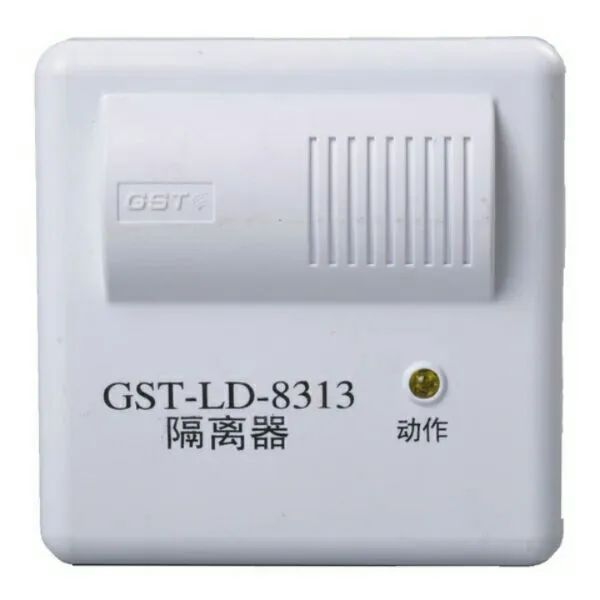
The short circuit isolator is a device used in the transmission bus of fire alarm systems that isolates the branch line during a short circuit. It automatically makes the two ends of the short circuit section high resistance or open circuit, preventing damage to the controller and not affecting the normal operation of other components on the bus. When the short circuit fault is eliminated, it can automatically restore the normal operation of this circuit.
The short circuit isolator acts as an automatic switch, isolating the controller from the external alarm device that has a short circuit. When a ground or short circuit fault occurs in the external line, the isolator automatically disconnects, cutting off the external alarm device line from the main control center’s host line, while other circuit devices remain unaffected. When the external device line returns to normal, the “reset” operation on the fire control host can restore it to normal operation.
2. Role of Short Circuit Isolators
Used in the secondary bus input circuit, when a short circuit occurs at a certain point in the control bus input circuit, the isolator at that point operates, automatically disconnecting the output bus circuit, protecting other parts of the bus input circuit to function normally. When the fault point is eliminated, the short circuit isolator automatically reconnects the circuit bus.
It can prevent a short circuit or grounding of a certain circuit from returning current to the fire control host, affecting other fire circuits. In severe cases, it may damage the fire host circuit board and motherboard, causing the fire control host to become inoperable. Installing short circuit isolators can protect the fire control host and ensure that other circuits operate normally.
3. Settings for Bus Short Circuit Isolators
1. When the bus crosses fire compartments, short circuit isolators should be installed at the crossing points.
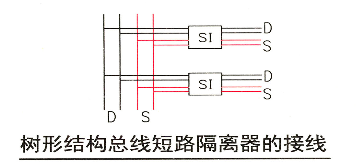
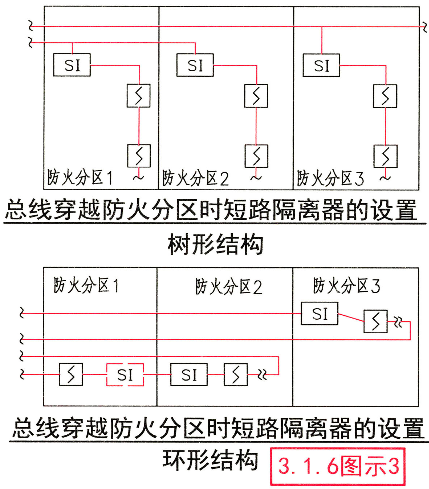
In Figure 3, the bus only passes through the fire compartment, and no devices are connected within the fire compartment, so short circuit isolators do not need to be set up within that compartment.
2. Short circuit isolators should be set up on the system bus, and the total number of fire detectors, manual fire alarm buttons, and modules protected by each short circuit isolator should not exceed 32 points.
This stipulates the requirements for setting short circuit isolators on the bus, specifying that the number of site components protected by each short circuit isolator should not exceed 32 points, considering that when a certain site component fails, the short circuit isolator can isolate the faulty component while maximizing the overall functionality of the system.
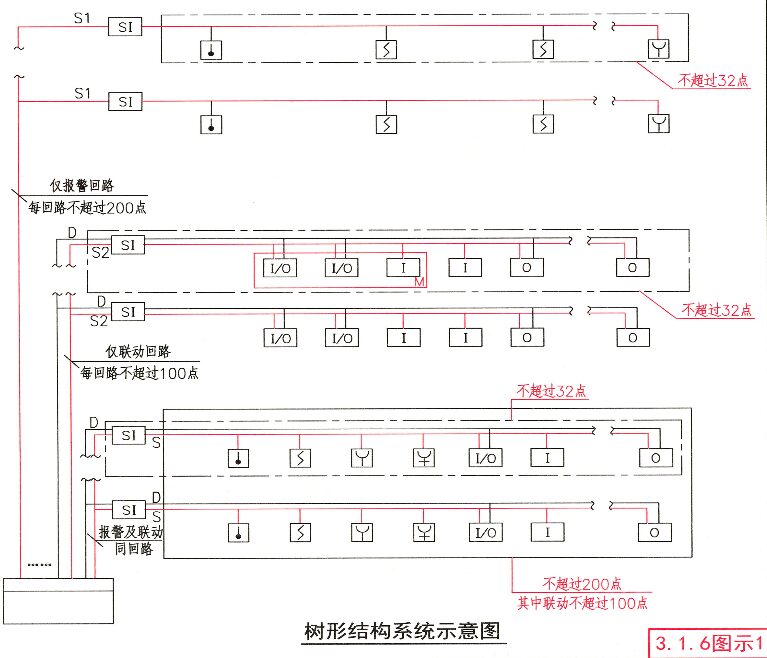
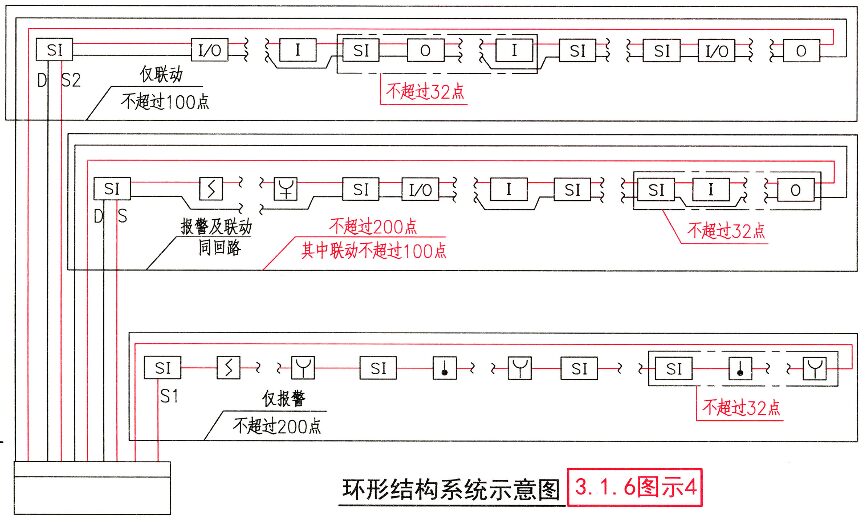
3. In buildings taller than 100m, apart from the controllers set up in the fire control room, each controller should not directly control fire detectors, manual alarm buttons, and modules that cross refuge floors.
4. Short circuit isolators can be installed in module boxes or mounted on walls nearby, with the bottom edge at a height of 2.2m from the ground. When installed in ceilings, the bottom edge should be 0.2m away from the ceiling, and there should be maintenance access to the ceiling with clear markings.














